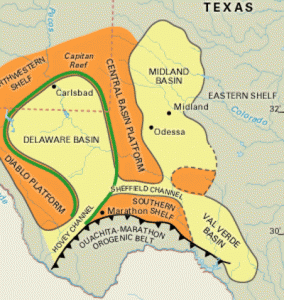Eagle Ford railroad traffic is on the rise. Operators are moving crude past pipeline bottlenecks, and moving frack sand and other products in to continue development.
The Hondo Railway, 30 miles west of San Antonio, serviced about 1,500 railcars per year on 13,000 ft of track a few years ago. The Railway terminal now serves 15,000 railcars per year and has expanded to 80,000 ft of track.
This year, an estimated 15,000 railcars will move through Hondo Railway LLC's 175-acre property — many of them carrying fracking sand bound for drilling operations in the Eagle Ford Shale formation.
The Hondo Railway isn't alone either:
What started at 1,600 feet of track has grown to 130,000 feet of track. Gardendale Railroad moves a mix of oil field commodities.
“The root of everything is sand,” Cundiff said. “We hadn't had any activity there in 15 years. We've gone from that beginning to 25 miles (of track) in just under 24 months.”
And at Port San Antonio, the East Kelly Railport is adding 15,000 feet of track to the existing 20,000 feet of track.
Spokesman Paco Felici said the rail port went from moving 2,594 railcars in the 2010 fiscal year to 4,556 railcars in the 2011 fiscal year.
The Port of Corpus Christi's rail expansion shouldn't be forgotten either. The port is adding the capacity to handle 100,000 railcars per year.
Read more at mysa.com



